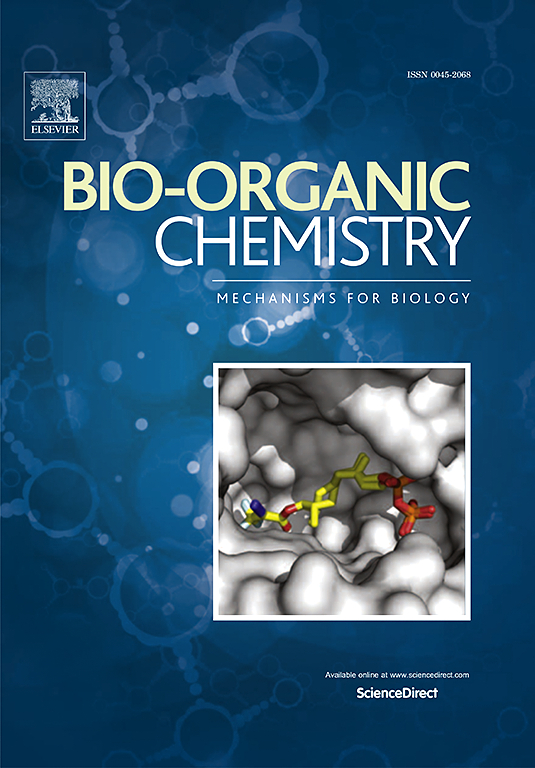Proteolysis targeting chimera, molecular glue degrader and hydrophobic tag tethering degrader for targeted protein degradation: Mechanisms, strategies and application
IF 4.5
2区 医学
Q1 BIOCHEMISTRY & MOLECULAR BIOLOGY
引用次数: 0
Abstract
Targeted protein degradation (TPD) represents a revolutionary approach to drug discovery, offering a novel mechanism that outperforms traditional inhibitors. This approach employs small molecule drugs to induce the ubiquitination and subsequent degradation of target protein via the proteasome or lysosomal pathways. Key strategies within TPD include proteolysis targeting chimeras (PROTACs), hydrophobic tag tethering degraders (HyTTDs), and molecular glue degraders (MGDs). PROTACs have been undergone clinical evaluations, MGDs have been used in the clinic, and HyTTDs have shown significant progress in cancer treatment. Each of these strategies presents unique advantages and approaches to target protein degradation. This review summarizes five years of research on PROTACs, HyTTDs, and MGDs, highlighting their design principles, advantages, limitations, and future challenges to provide clear guidance and in-depth insights for advancing drug development.

蛋白水解靶向嵌合体、分子胶降解剂和疏水标签系固降解剂的靶向蛋白降解:机制、策略和应用
靶向蛋白降解(TPD)代表了一种革命性的药物发现方法,提供了一种优于传统抑制剂的新机制。该方法利用小分子药物通过蛋白酶体或溶酶体途径诱导靶蛋白的泛素化和随后的降解。TPD的关键策略包括蛋白水解靶向嵌合体(PROTACs)、疏水标签捆绑降解剂(HyTTDs)和分子胶降解剂(MGDs)。PROTACs已经过临床评估,MGDs已用于临床,HyTTDs在癌症治疗方面取得了重大进展。每种策略都有其独特的优势和方法来降解靶蛋白。本文综述了近5年来PROTACs、HyTTDs和MGDs的研究进展,重点介绍了它们的设计原则、优势、局限性和未来面临的挑战,以期为推进药物开发提供清晰的指导和深入的见解。
本文章由计算机程序翻译,如有差异,请以英文原文为准。
求助全文
约1分钟内获得全文
求助全文
来源期刊

Bioorganic Chemistry
生物-生化与分子生物学
CiteScore
9.70
自引率
3.90%
发文量
679
审稿时长
31 days
期刊介绍:
Bioorganic Chemistry publishes research that addresses biological questions at the molecular level, using organic chemistry and principles of physical organic chemistry. The scope of the journal covers a range of topics at the organic chemistry-biology interface, including: enzyme catalysis, biotransformation and enzyme inhibition; nucleic acids chemistry; medicinal chemistry; natural product chemistry, natural product synthesis and natural product biosynthesis; antimicrobial agents; lipid and peptide chemistry; biophysical chemistry; biological probes; bio-orthogonal chemistry and biomimetic chemistry.
For manuscripts dealing with synthetic bioactive compounds, the Journal requires that the molecular target of the compounds described must be known, and must be demonstrated experimentally in the manuscript. For studies involving natural products, if the molecular target is unknown, some data beyond simple cell-based toxicity studies to provide insight into the mechanism of action is required. Studies supported by molecular docking are welcome, but must be supported by experimental data. The Journal does not consider manuscripts that are purely theoretical or computational in nature.
The Journal publishes regular articles, short communications and reviews. Reviews are normally invited by Editors or Editorial Board members. Authors of unsolicited reviews should first contact an Editor or Editorial Board member to determine whether the proposed article is within the scope of the Journal.
 求助内容:
求助内容: 应助结果提醒方式:
应助结果提醒方式:


